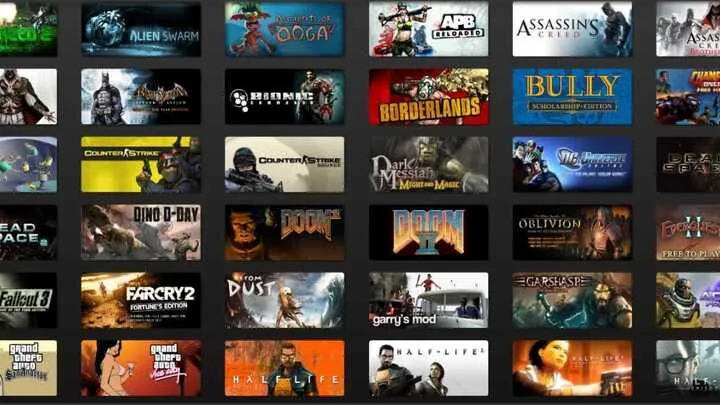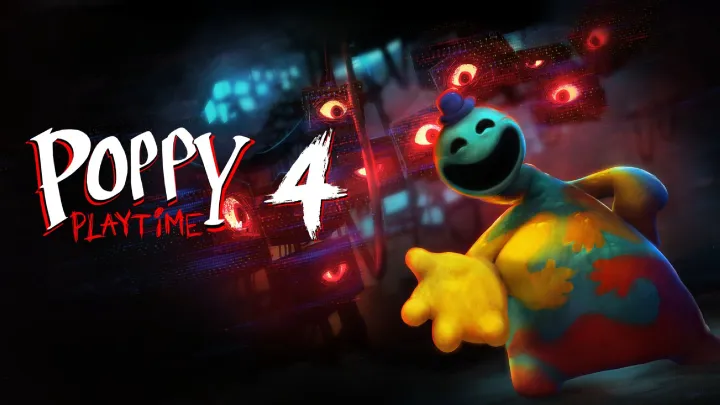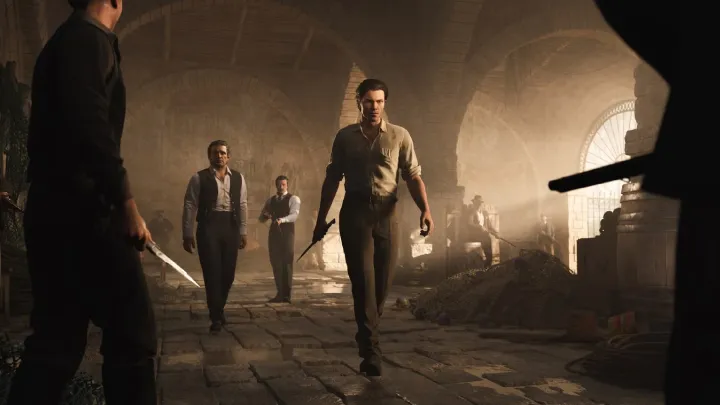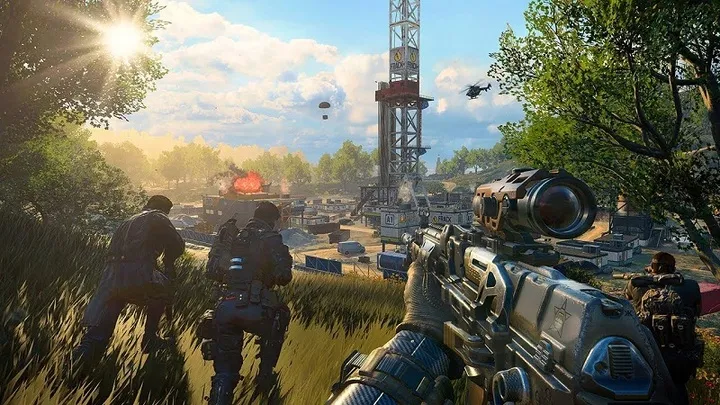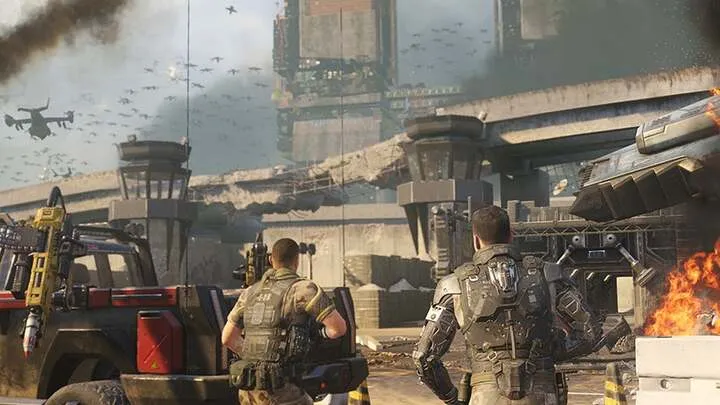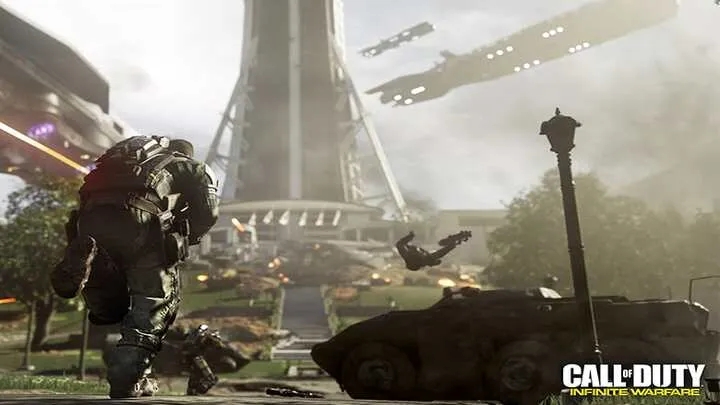Blood Strike has quickly carved out a place in the crowded shooter landscape by offering fast-paced combat, accessible mechanics, and a free-to-play format that emphasizes action above all else. But beyond its fluid gunplay and mobile-friendly design, one of its defining features is the Strike Operators system. Operators are more than just avatars; they are the backbone of Blood Strike’s meta, influencing how matches unfold, how players interact, and how strategies evolve.
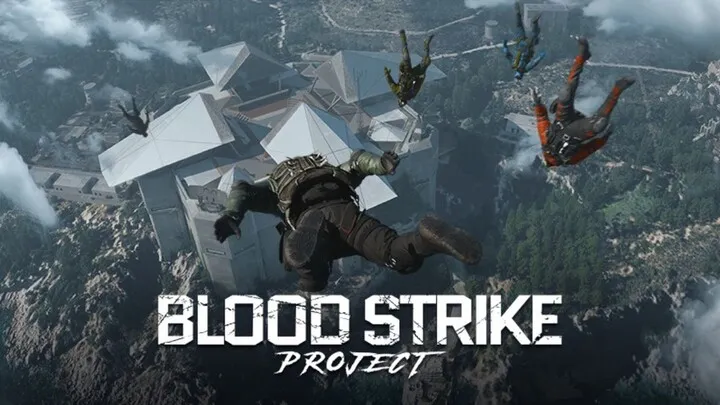
Operators are tied to identity, choice, and balance. Each one brings a unique skillset, from movement boosts to defensive abilities and offensive ultimates. This makes the game not just about who has the better aim, but about who can adapt their operator to the team’s needs and the environment of a specific match. Understanding how Strike Operators shape Blood Strike’s meta means understanding how the game balances individuality, synergy, and the ever-shifting tides of competitive play.
The Birth of Strike Operators in Blood Strike
When Blood Strike was first released, operators were introduced as a way to distinguish it from generic battle royale clones. Instead of every player being a blank slate, operators came with unique passive and active abilities.
- Some operators emphasized speed and mobility, giving players an edge in aggressive plays.
- Others focused on utility, providing healing, shields, or vision advantages for their squads.
- A handful were designed around raw damage output, creating pressure points in engagements.
This system gave players reasons to experiment with different styles. It also created the foundation for the game’s meta-shaping identity: not just about guns, but about how operator choices affected the flow of combat.
Early Operators and the Foundations of Strategy
In the early meta, operator choice was more about personal preference than rigid team composition. However, patterns emerged as certain operators clearly provided consistent advantages.
- Aggressive Operators: Fast-paced mobility-based characters became favorites among high-skill players who relied on outmaneuvering opponents.
- Defensive Operators: In squad play, those with shielding or healing quickly became essential for survival in endgame circles.
- Balanced Operators: Hybrids allowed casual players to enjoy a “jack of all trades” playstyle.
This initial phase showed how operator design influenced strategy. Instead of every match devolving into raw aim duels, Blood Strike added layers of tactical depth. Squad leaders began considering which operators to combine, foreshadowing the more defined meta that would develop later.
How Operator Abilities Reshaped Match Dynamics
As players refined their approaches, it became clear that operator abilities weren’t just flavor — they fundamentally altered match dynamics.
- Map Control: Operators with scouting or vision abilities dictated where and when teams could move safely.
- Fight Initiation: Mobility-focused operators often served as the spearhead of attacks, diving into enemy positions.
- Survivability: Healing or shield-based operators extended fights, punishing squads without sustain.
What this created was rock-paper-scissors gameplay, where the outcome of an encounter could hinge as much on operator synergy as on weapon skill. The idea of a “meta” — a set of optimal strategies and operator picks — began crystallizing.
Balancing Power: Operator Nerfs, Buffs, and Reworks
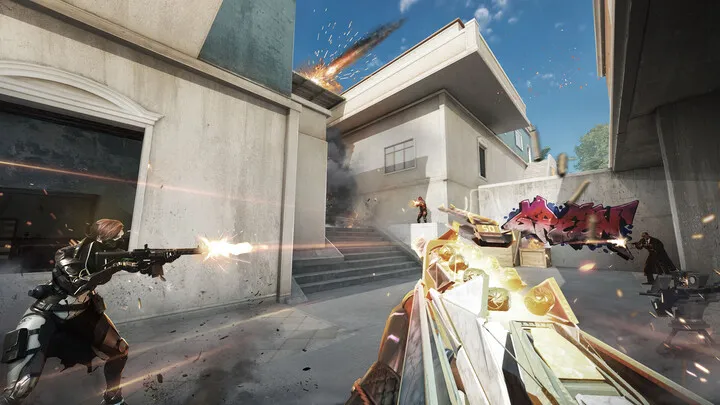
No operator system can remain static. As Blood Strike’s player base grew, certain operators became too dominant, while others faded into irrelevance.
- Nerfs: High-mobility operators who could consistently outplay gunfights received ability cooldown increases and range reductions.
- Buffs: Underused defensive operators gained stronger heals or shields to make them viable.
- Reworks: Some abilities were redesigned entirely, shifting roles from pure utility to hybrid offensive-defense.
This constant balancing created a living meta, where no strategy was safe forever. Players had to adapt not just to opponents, but also to the evolving rulebook of the game itself.
The Rise of Specialist Operators in Competitive Play
Competitive Blood Strike crystallized the importance of specialist operators. Tournament teams couldn’t just stack their favorite picks; they had to build compositions that covered multiple angles of play.
- A mobility operator for flanking and repositioning.
- A defensive or healing operator for sustain.
- A utility operator to provide vision or disrupt enemies.
- A damage specialist to close fights quickly.
This division of roles mirrored systems from MOBAs, turning Blood Strike into more than just a shooter. In competitive settings, the synergy between operators became as critical as mechanical aim. Matches were often decided before the first shots were fired, based on which team crafted the better operator lineup.
Casual vs Competitive: Different Operator Priorities
While competitive players honed in on strict compositions, casual players approached operators differently.
- Casual Meta: Players often chose operators that matched their personal playstyle — whether that meant fun mobility tricks or flashy offensive abilities.
- Competitive Meta: Lineups were dictated by balance and synergy, with each operator serving a role in the squad’s overall strategy.
This divergence showed the flexibility of Blood Strike’s operator design. For casual players, operators added personality and freedom. For competitive players, they became essential components of a structured meta.
The Community’s Influence on Operator Meta Shifts
Operators in Blood Strike didn’t just evolve through developer updates — the community had a huge hand in shaping the meta.
- Content creators highlighted “hidden gem” operators, sparking trends.
- Competitive matches showcased new strategies, forcing others to adapt.
- Forums and feedback channels influenced balance patches, as developers listened to calls for nerfs or buffs.
This interactive relationship meant the operator meta was never dictated solely from the top down. Instead, it emerged organically from the ongoing dialogue between developers, pros, and casual players.
Operator Diversity and Its Role in Replayability
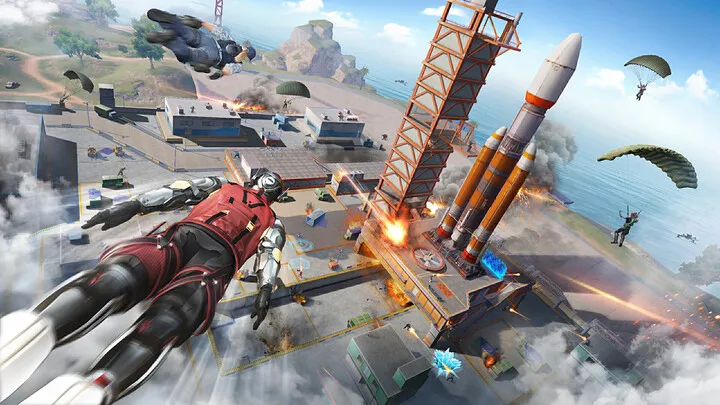
One of the greatest strengths of Blood Strike’s operator system is how it extends replayability.
- Players experiment with different operators to learn new skills.
- Squads shuffle compositions to adapt to patch changes.
- Even veterans find fresh challenges when new operators are introduced.
This diversity prevents the game from becoming stale. Unlike shooters where only guns evolve, operators create long-term depth by ensuring that strategies must continually evolve.
The Future of Operators in Blood Strike’s Meta
Looking forward, the operator system is likely to expand even further.
- New Operators: Each addition can dramatically reshape the meta, especially if it introduces an ability that challenges established playstyles.
- Seasonal Rotations: Temporary boosts or thematic events may encourage certain operator picks over others.
- Cross-Mode Integration: Operators may be balanced differently across casual and ranked, ensuring fairness while preserving fun.
If Blood Strike continues to refine and expand its operator system, it will solidify its reputation as a unique shooter that combines the tactical depth of hero-based games with the adrenaline rush of battle royale.
Conclusion
Strike Operators are more than just characters in Blood Strike — they are the DNA of the game’s meta. From their introduction to their role in shaping competitive strategies, operators define how matches play out, how players interact, and how the community evolves alongside the game.
By offering diversity, depth, and dynamism, operators ensure Blood Strike is not just about who shoots better, but about who thinks smarter. They embody the balance between individuality and synergy, making the game a living, breathing ecosystem of strategies that constantly shift and evolve.








